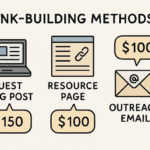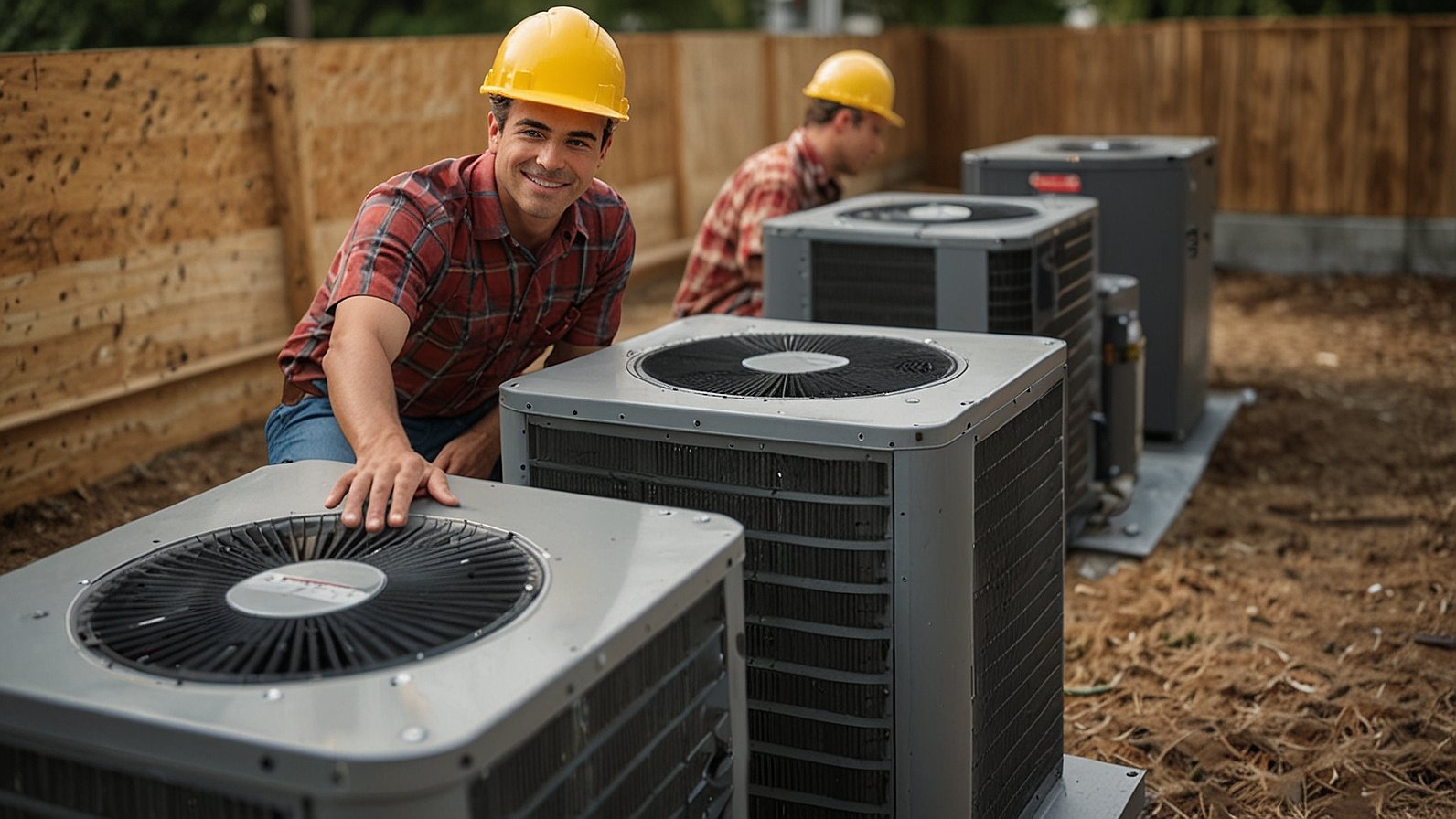Why Your HVAC Choice Matters More Than You Think
Building a new home or commercial space puts you in the perfect position to make smart decisions about your heating and cooling system. Unlike retrofitting an existing building, new construction gives you a blank slate to work with. The HVAC system you choose now will affect your comfort, energy bills, and property value for decades to come.
Here’s the problem many builders and homeowners face: choosing the right HVAC system can feel overwhelming with so many options available. You’ve got central air systems, heat pumps, ductless mini-splits, geothermal systems, and hybrid setups. Each option comes with different upfront costs, installation requirements, and long-term benefits.
Understanding Different HVAC System Types
The first step in choosing the right HVAC system involves understanding what’s available and how each type works. Central air conditioning paired with a furnace remains the most common choice for new construction. This traditional setup uses ductwork to distribute conditioned air throughout the building.
Heat pump systems offer both heating and cooling from a single unit. They work by moving heat rather than generating it, making them incredibly energy efficient in moderate climates. Air-source heat pumps pull heat from outdoor air, while ground-source (geothermal) heat pumps use the earth’s consistent underground temperature.
Ductless mini-split systems provide zone-specific climate control without requiring extensive ductwork. These systems work well for homes with unique layouts or when you want different temperature zones. Each indoor unit connects to an outdoor condenser, giving you precise control over individual rooms or areas.
Sizing Your HVAC System Correctly
Getting the size right is crucial when choosing the right HVAC system for new construction. An oversized system will cycle on and off frequently, wasting energy and failing to properly dehumidify your space. An undersized system will run constantly, driving up energy costs while struggling to maintain comfortable temperatures.
Professional load calculations take into account your building’s square footage, insulation levels, window placement, ceiling height, and local climate. The Manual J calculation method provides the industry standard for determining proper HVAC sizing. This detailed analysis considers heat gain and loss through walls, windows, doors, and the roof.
Don’t rely on simple rules of thumb like “one ton of cooling per 500 square feet.” Modern homes with better insulation and energy-efficient windows often need less capacity than older building standards suggested. Your contractor should perform detailed calculations based on your specific building plans and local conditions.
Energy Efficiency Considerations
Energy efficiency plays a major role in HVAC system selection for new construction. Higher efficiency systems cost more upfront but save money over their lifespan through reduced energy bills. Look for SEER ratings (Seasonal Energy Efficiency Ratio) for cooling and HSPF ratings (Heating Seasonal Performance Factor) for heat pumps.
ENERGY STAR-certified systems typically use 15% less energy than standard models. The minimum SEER rating varies by region, with southern states requiring higher ratings due to greater cooling demands. New construction often qualifies for utility rebates and tax incentives when you install high-efficiency equipment.
Consider the total cost of ownership when comparing systems. A heat pump with a SEER rating of 20 might cost $3,000 more than a 16 SEER unit, but the energy savings could pay for the difference within five to seven years. Factor in your local electricity rates and typical usage patterns when making efficiency calculations.
Ductwork and Installation Planning
New construction gives you the advantage of designing your ductwork system from scratch. Proper duct design ensures even air distribution and maximum system efficiency. Poorly designed ductwork can reduce system efficiency by 20% or more, even with a high-quality HVAC unit.
Plan duct locations during the framing stage to avoid conflicts with plumbing, electrical, and structural elements. Ducts should run through conditioned spaces whenever possible to minimize energy losses. When ducts must run through unconditioned areas like attics or crawl spaces, use high-quality insulation and seal all connections.
Consider zoning systems for larger homes or buildings with varying usage patterns. Zoned systems use dampers in the ductwork to direct airflow only where needed. This approach can significantly reduce energy costs while improving comfort in multi-story buildings or homes with large temperature variations between rooms.
Climate and Location Factors
Your geographic location heavily influences the best HVAC choice for new construction. Heat pumps work exceptionally well in moderate climates but may struggle in areas with extended periods below freezing. In regions where winter temperatures regularly drop below 20°F, a backup heating source or dual-fuel system might be necessary.
Coastal areas with high humidity need systems with excellent dehumidification capabilities. Desert climates with extreme temperature swings benefit from systems with variable-speed components that can adjust output based on demand. Northern climates with long heating seasons should prioritize heating efficiency over cooling performance.
Local utility rates also affect system selection. Areas with low natural gas prices might favor gas furnaces, while regions with expensive gas but reasonable electricity rates lean toward heat pump systems. Some locations offer time-of-use electricity rates that make certain systems more economical.
Budget and Long-term Cost Analysis
Choosing the right HVAC system requires balancing upfront costs with long-term operational expenses. Basic systems cost less initially but may have higher operating costs and shorter lifespans. Premium systems with variable-speed components and advanced controls cost more upfront but often provide better comfort and lower operating costs.
Create a 15-year cost analysis that includes purchase price, installation costs, annual operating expenses, and expected maintenance costs. This longer view often reveals that mid-range to high-efficiency systems provide the best value over time. Don’t forget to factor in potential utility rebates, tax credits, and financing options.
Consider the impact on your home’s resale value as well. Energy-efficient HVAC systems appeal to buyers and can increase your property value. ENERGY STAR certified homes often sell faster and for higher prices than comparable homes with standard efficiency equipment.
Future-Proofing Your HVAC Investment
Technology continues advancing in the HVAC industry, making systems smarter and more efficient. Choose systems that can integrate with smart home technology and accept future upgrades. Programmable and smart thermostats can improve system efficiency by 10-15% while providing better comfort control.
Look for systems with modular designs that allow component upgrades without replacing the entire system. Variable-speed air handlers and compressors provide better efficiency and comfort than single-speed units. These systems adjust their output to match heating and cooling demands rather than cycling on and off.
Consider the availability of service and parts for your chosen system. Stick with established manufacturers that have strong dealer networks in your area. Proprietary systems or less common brands might save money initially but could create problems when you need service or replacement parts years later.
Making Your Final Decision
Choosing the right HVAC system for new construction involves weighing multiple factors against your specific needs and circumstances. Start by getting load calculations from qualified contractors and comparing detailed proposals from multiple bidders. Don’t automatically choose the lowest bid; consider the contractor’s reputation, equipment quality, and warranty coverage.
Take time to research different brands and read reviews from other customers in your area. The best system on paper means nothing if it’s poorly installed or serviced by unreliable contractors. Look for contractors with proper licensing, insurance, and manufacturer certifications.
Remember that your HVAC system represents a long-term investment in your comfort and property value. Making the right choice now saves money and prevents headaches for years to come. The extra time spent researching options and getting multiple quotes pays dividends through better performance, lower operating costs, and fewer repair issues down the road.
You May Also Read: Unlock Your Leadership Potential: The Transformative Power of pedrovazpaulo coaching



















